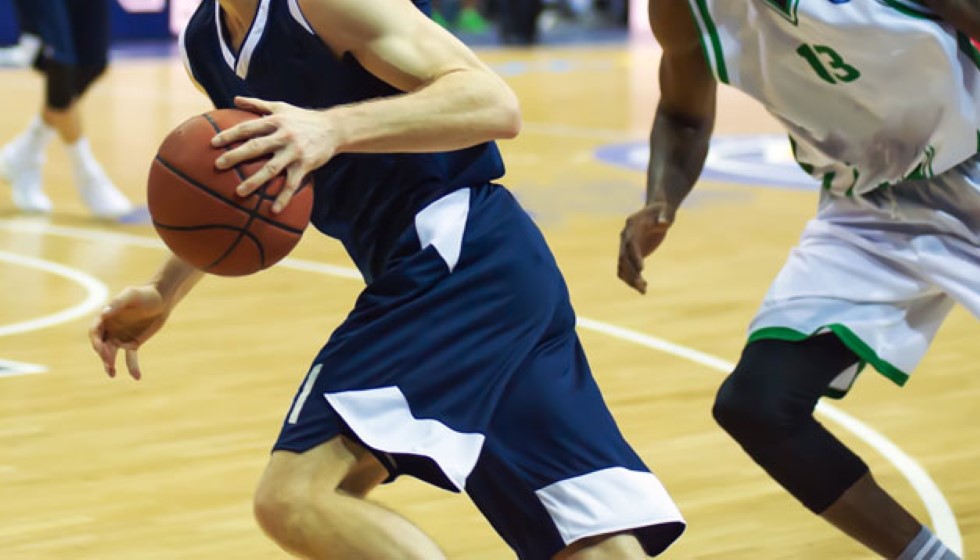
In a season defined by unorthodox strategies and unexpected lineups, the Philadelphia 76ers find themselves navigating the challenges of competing without their star center, Joel Embiid, and their reliable backup, Andre Drummond. The absence of these pillars in the paint has compelled Coach Nick Nurse to revisit his playbook, drawing inspiration from teams like the Boston Celtics by opting for smaller, more versatile lineups. This tactical pivot is both a necessity and an experiment to test the team's adaptability under trying circumstances.
Reinventing the Center Position
Stepping into the void left by Embiid and Drummond, Guerschon Yabuesele has been entrusted with starting duties at the center position. Meanwhile, Adem Bona has been anchoring the second unit, providing energy and valuable minutes off the bench. However, their presence is just one aspect of Nurse’s multifaceted approach. On occasion, the 76ers have employed a daring centerless formation, as exemplified in their recent 123-115 loss to the New Orleans Pelicans.
This experimental setup featured Paul George, Tyrese Maxey, Ricky Council IV, Kelly Oubre Jr., and Caleb Martin. What the lineup lacked in size, it made up for in agility and perimeter defense, particularly with George on the floor. Known for his exceptional perimeter defense, George stands at 6-8 with a wingspan extending to 6-11, traits that enable him to guard multiple positions effectively.
Paul George's Perspective
Despite the tactical novelty of these smaller formations, George candidly expressed his mixed feelings about defending at the 5 position. "It's different. I'm used to scrapping and running around and chasing and fighting through screens," George remarked, highlighting the adjustments required in his role within this new setup. His preference for active defensive engagements was evident as he added, "To be honest, I'm bored playing on a 5. It just don't do enough for me. I enjoy chasing the little guys and matching up against wing offensive players."
George's sentiments underscore a broader challenge for the 76ers: balancing strategic innovation with player comfort and optimization. Embedding a star player like George in a position he's not accustomed to is a testament to both the team's current necessity and its flexibility in testing unconventional roles.
The Challenge of Adaptability
Coach Nurse's decision to deploy various smaller lineups is not without precedent, as the trend has been echoed across the league. Teams are increasingly experimenting with versatile lineups to capitalize on speed and mobility, often at the expense of traditional size. For the 76ers, this period without their star center has become a crucible for adaptability, forcing players to expand their roles and responsibilities on the court.
As the 76ers continue this tactical experiment, they acknowledge both the advantages and the inherent risks. While smaller lineups can create mismatches in their favor and increase pace, they can also expose the team to rebounding woes and vulnerability in the paint—a balancing act familiar to teams adjusting to the modern NBA landscape.
The ultimate effectiveness of these adjustments will unfold over the season, providing insights into the viability of flexible lineups in an increasingly position-less game. For now, Philadelphia remains a team in transition, buoyed by the versatility of its roster and the strategic acumen of Coach Nurse, as they seek stability in the absence of their traditional bigs.